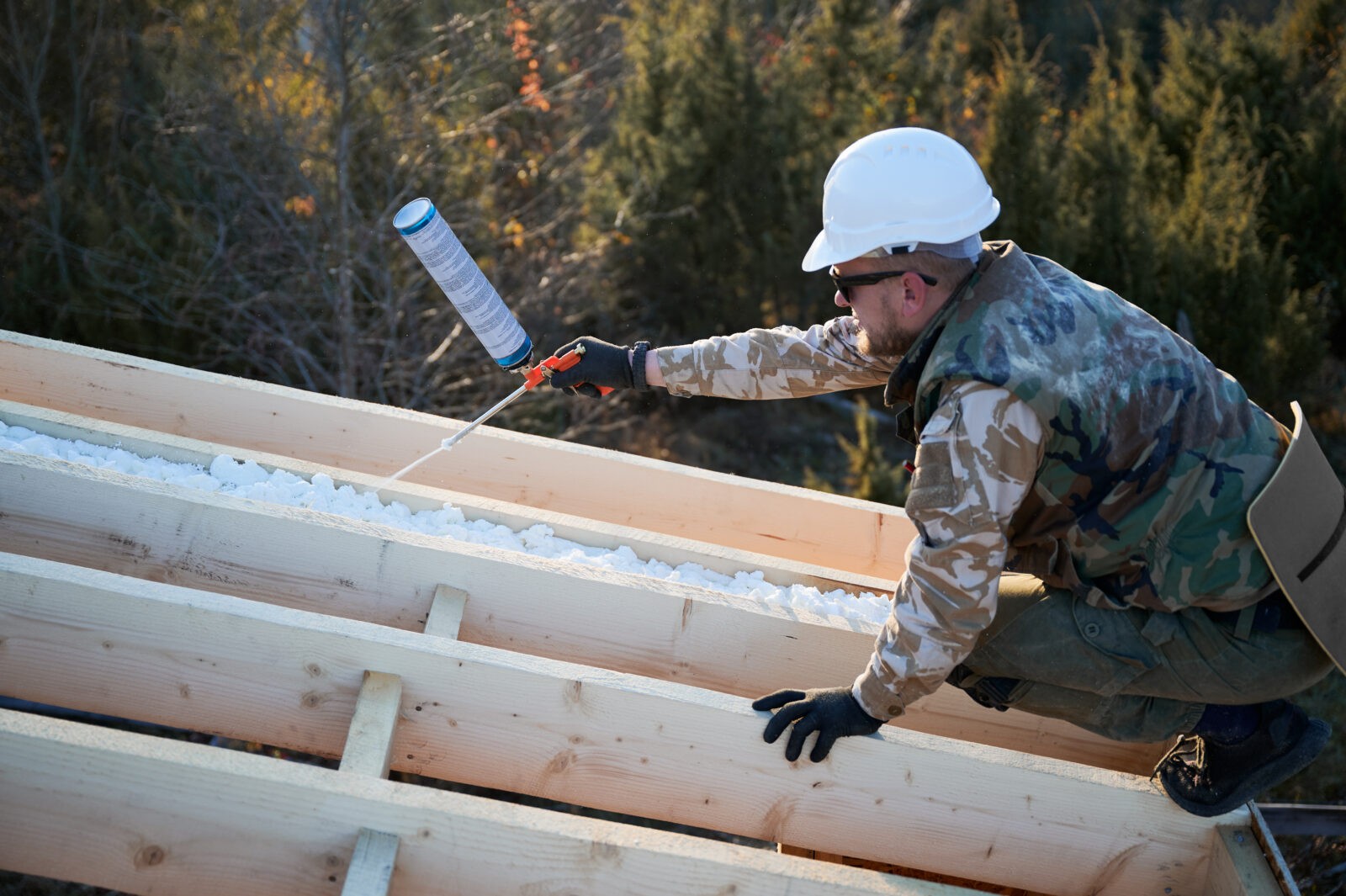The thermal insulation and waterproofing of a basement from the inside are key construction measures that can bring many benefits to both homeowners and businesses or developers. Correct thermal insulation and damp-proofing not only ensures a comfortable home, but also contributes to significant savings in heating bills. In this article, you’ll learn everything you need to know about insulating and waterproofing your basement from the inside out, including which materials are worth considering.
What are the benefits of properly thermally insulating and waterproofing a basement from the inside?
Proper thermal insulation and waterproofing of a basement from the inside bring many benefits. First of all, they protect the interior of the building from excessive moisture, which is crucial for the health of the occupants and the durability of the structure. In addition, thermally insulating a building can contribute to significant energy savings, resulting in lower heating bills.
Proper thermal insulation of the foundations, walls and basement allows the temperature to remain constant throughout the building, which is extremely important especially during the winter months. As a result, the occupants can enjoy pleasant warmth without having to overheat the rooms.
Hydro-insulation of the foundation, walls and basement is an important factor.
Hydroinsulation of the basement from the inside provides protection against water and moisture that can enter the building through leaks in the walls or foundations. Adequate damp-proofing of basements prevents the formation of mould, which can have a negative impact on the health of the occupants and damage the interior finishes.

What materials are worth considering when thermally and waterproofing a basement from the inside?
Choosing the right materials is the key to successfully thermally and waterproofing a basement from the inside. There are many products available on the market that can be used for this purpose, but it is worth looking at solutions such as thermal insulation boards, thermal insulation film for walls or specialised insulation coatings.
The following materials are available on the market.
Among the commonly used materials for thermal insulation of basements from the inside, it is worth distinguishing mineral wool, polystyrene foam or extruded polystyrene (EPS) boards. Each of these materials is characterised by specific insulating properties and technical parameters which determine their effectiveness in various conditions.
Hydro insulation for basements
Hydroinsulation of a basement from the inside requires the use of specialised materials that provide effective protection against moisture. Amongst these, it is worth mentioning thermal insulation foil for the wall, coating insulation or special insulation compounds that form an impermeable barrier to water and moisture.What is the best way to protect a basement from water and moisture?
What are the most common mistakes made when thermally insulating and waterproofing a basement from the inside?
Conducting basement thermal insulation and waterproofing work from the inside requires the right knowledge and skills. One of the most common mistakes is the wrong choice of materials or insufficient preparation of the surface for the work. It is also important to ensure that the basement is properly ventilated to avoid condensation problems.
Another mistake is inadequate protection of the basement against groundwater. If water has access to the inside of the basement, it can lead to mould formation and damage to the thermal insulation. It is therefore extremely important to properly prepare the foundations and basement walls before starting insulation work.
Summary.
Thermal insulation and waterproofing of the basement from the inside are key measures to ensure comfortable living and savings in heating bills. For the work to be effective, it is worth paying attention to the correct choice of materials and avoiding common mistakes made during insulation work

Dodaj komentarz